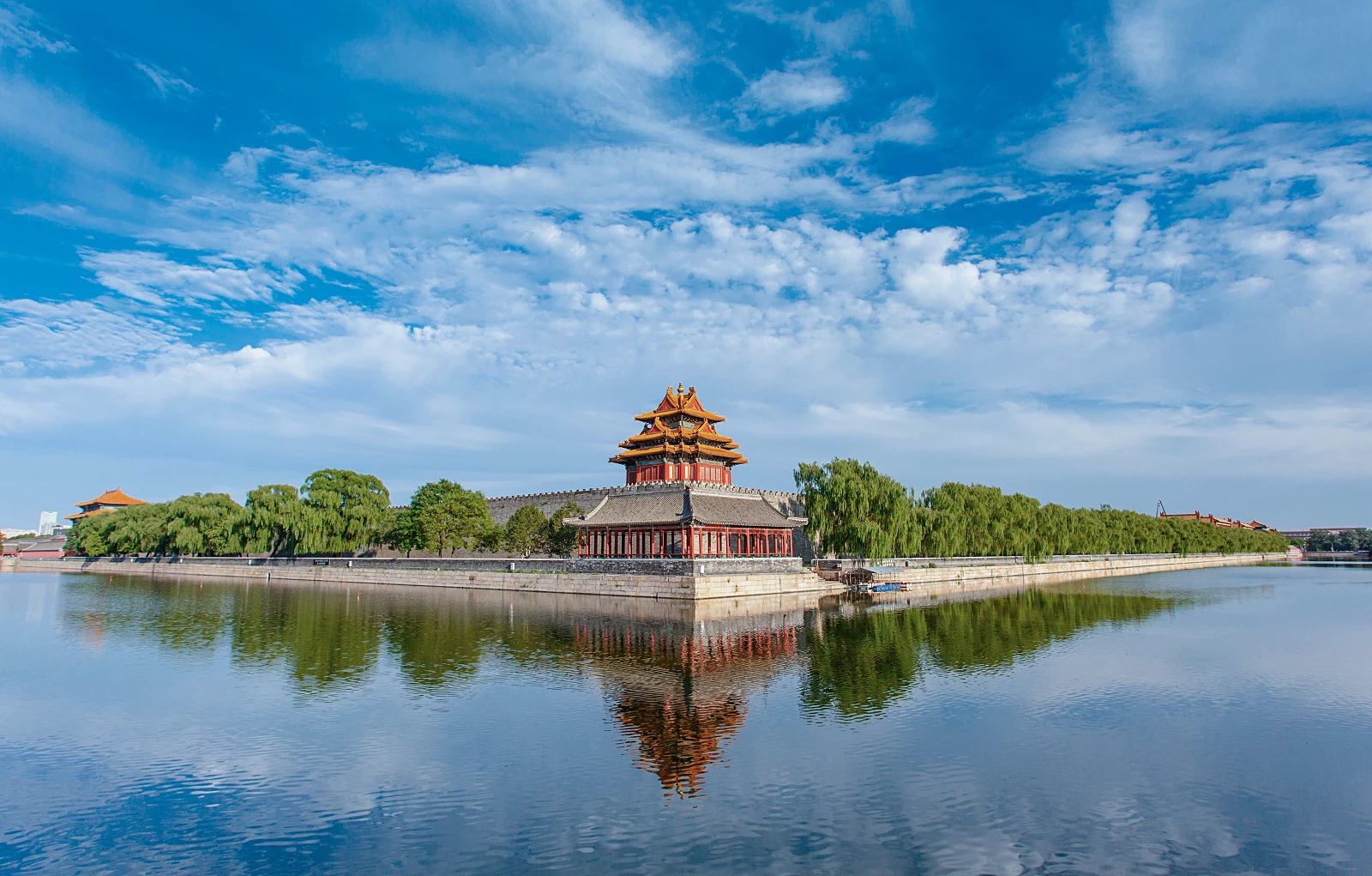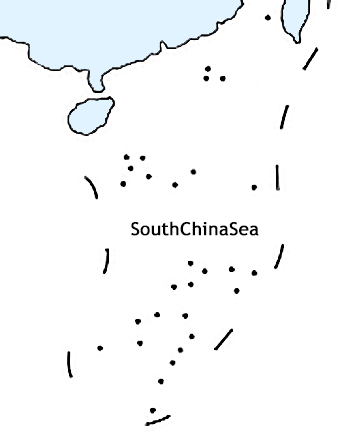Latest News
Please note that our office building is currently undergoing maintenance. Should you require any assistance during this period, you are welcome to contact us via email or telephone. Our contact details can be found at the bottom of this website.
features
Travel Map
Travel Inspirations
A Chinese adventure offers a rich blend of history, culture, and natural beauty. From exploring ancient wonders like the Great Wall and the Terracotta Army to navigating the bustling streets of modern cities like Beijing and Shanghai, it’s a journey filled with discovery. Adventurers can trek through breathtaking landscapes such as the Yangtze River, Zhangjiajie National Forest Park, or the mystical mountains of Huangshan. Traditional experiences like tea ceremonies, martial arts, and festivals add cultural depth to the exploration.
A Chinese city is a dynamic blend of modern skyscrapers and traditional heritage. Bustling streets are lined with both high-tech innovations and ancient temples, offering a unique contrast between past and present. Cities like Beijing, Shanghai, and Guangzhou are hubs of commerce, culture, and technology, featuring busy markets, vibrant nightlife, and iconic landmarks. Chinese cities often showcase a mix of old and new architecture, from historic hutongs and pagodas to futuristic urban designs.
Chinese food is a diverse and flavorful cuisine known for its balance of tastes and textures. It often includes staples like rice, noodles, and dumplings, with a variety of meats, vegetables, and seasonings such as soy sauce, ginger, garlic, and chili. Popular dishes range from sweet and sour pork to stir-fried vegetables and dim sum. Regional styles like Cantonese, Sichuan, and Hunan offer distinct flavors, from mild to spicy.
Chinese architecture is characterized by its harmony with nature, intricate designs, and symbolic elements. Traditional structures, such as pagodas, temples, and palaces, often feature curved roofs with upturned eaves, intricate woodwork, and vibrant colors, especially red and gold, symbolizing prosperity and good fortune. Symmetry and balance are key, reflecting the principles of Feng Shui. Materials like wood, stone, and brick are commonly used. Iconic examples include the Forbidden City, classical gardens of Suzhou, and the Great Wall. Modern Chinese architecture blends these traditions with contemporary innovation, creating a striking fusion of old and new.








